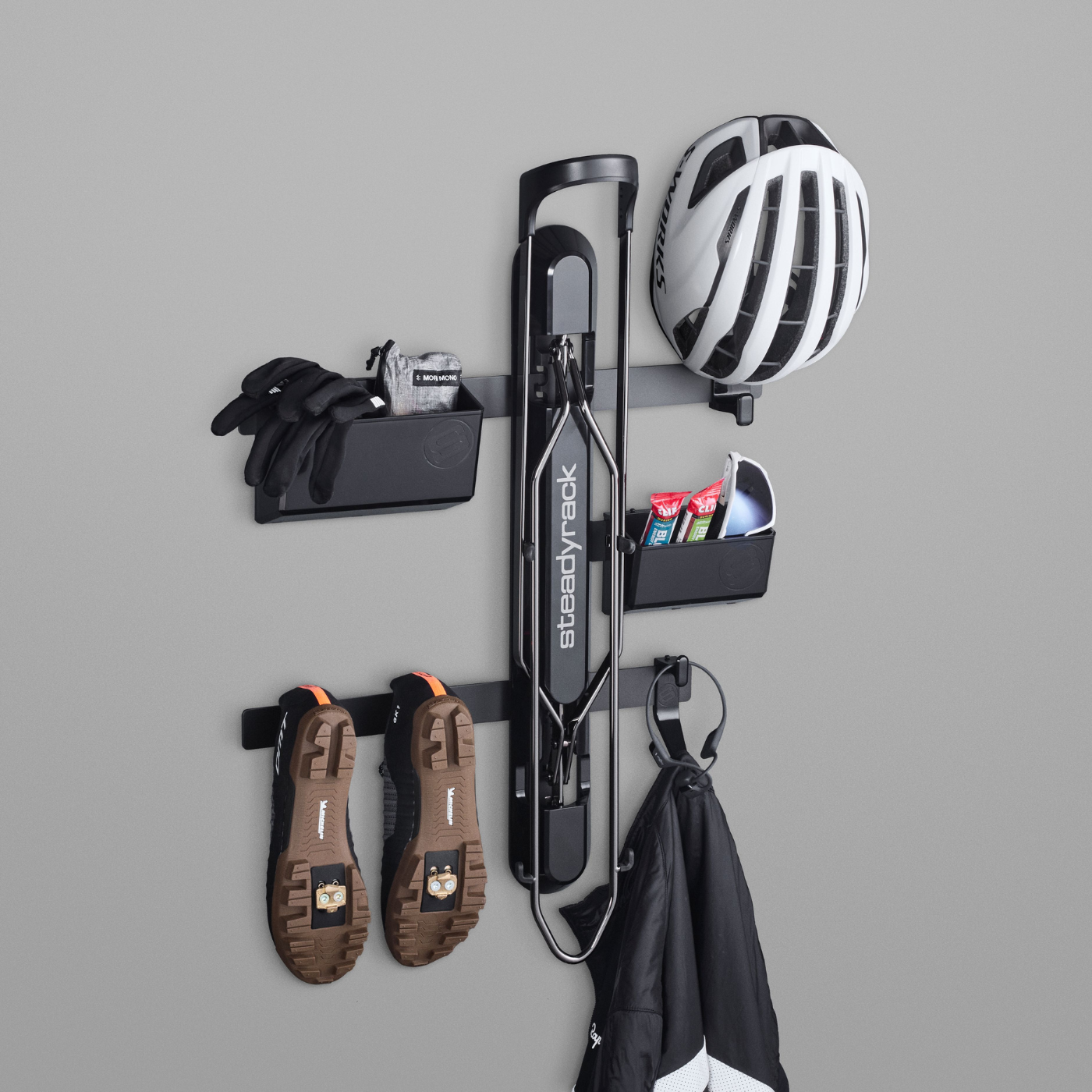Cycling contributes $6.3b a year into the Australian economy as the sport continues to grow globally
In a first for the Australian cycling industry, a new report estimates the impact of the sport and leisure activity we love injects $6.3 billion of direct benefit into the Australian economy each year1.
The Australian Cycling Economy report, produced by Ernst & Young (EY) and We Ride Australia, the national independent voice for cycling in Australia, is the first time the benefits cycling gives back to the economy have been estimated across government, wholesalers, retailers and bicycle organisations.
Whilst the report is only focused on the Australian economy, as cycling is growing globally it’s fair to say similar benefits are occurring to economies around the world.
In 2020, the report estimates the sales of new bicycles increased 46% to 1.7 million in Australia. Similar growth occurred around the world:
- In the UK, the cycling market was valued at £2.31 billion in 2020, an increase of 45% vs 20192.
- In the EU, the bicycle market was valued at USD 16,387.41 million in 2020 and expected to keep growing 3.73% from 2021-20263.
- In the US, the bicycle market is anticipated to grow 5.5% each year from 2020-20254.
The Australian report highlights some key benefits cycling brings to the wider community such as supporting 34,295 full time jobs and injecting $3.4 billion into Australia’s GDP. The state and federal governments spent $428 million in 2020 in bicycle related infrastructure and programs to help support and encourage more people to get out and cycle.
It’s important to note these economic figures don’t convey how important cycling is from a physical activity perspective and the broader positive impacts on health and wellbeing. The pure joy of getting out and cycling by yourself, with friends or with family bring enormous benefits to people and the wider community.
Not to mention all the positive benefits cycling as a mode of transport brings to help reduce road congestion and developing a greener, more sustainable world of the future.
The report also showed that in Australia 28% of new bike sales were for children’s bikes. We hope this trend is also occurring around the world as parents introduce their children to cycling and all of the benefits the physical activity can bring to their lives.
We love cycling and being able to quantify its positive impacts on the economy, on our community, on health and wellbeing and on the environment is so exciting. It helps us prove something we already felt in our guts, cycling truly is for everyone!
Our goal is to help people get out and enjoy their sports with ease and simplicity, and we’re excited to continue encouraging people to experience the benefits of cycling around the world.
References:
1The Australian Cycling Economy. We Ride Australia and EY. October, 2021.
2Building On The Boom: The UK Cycling Market in 2020 and Beyond. Bicycle Association UK. April, 2021.
3Europe Bicycle Market – Growth, Trends, COVID-19 Impact and Forecasts (2021-2026). Mordor Intelligence. 2021.
4North America Bicycle Market – Growth, Trends and Forecast (2020 – 2025). Mordor Intelligence. 2020.








